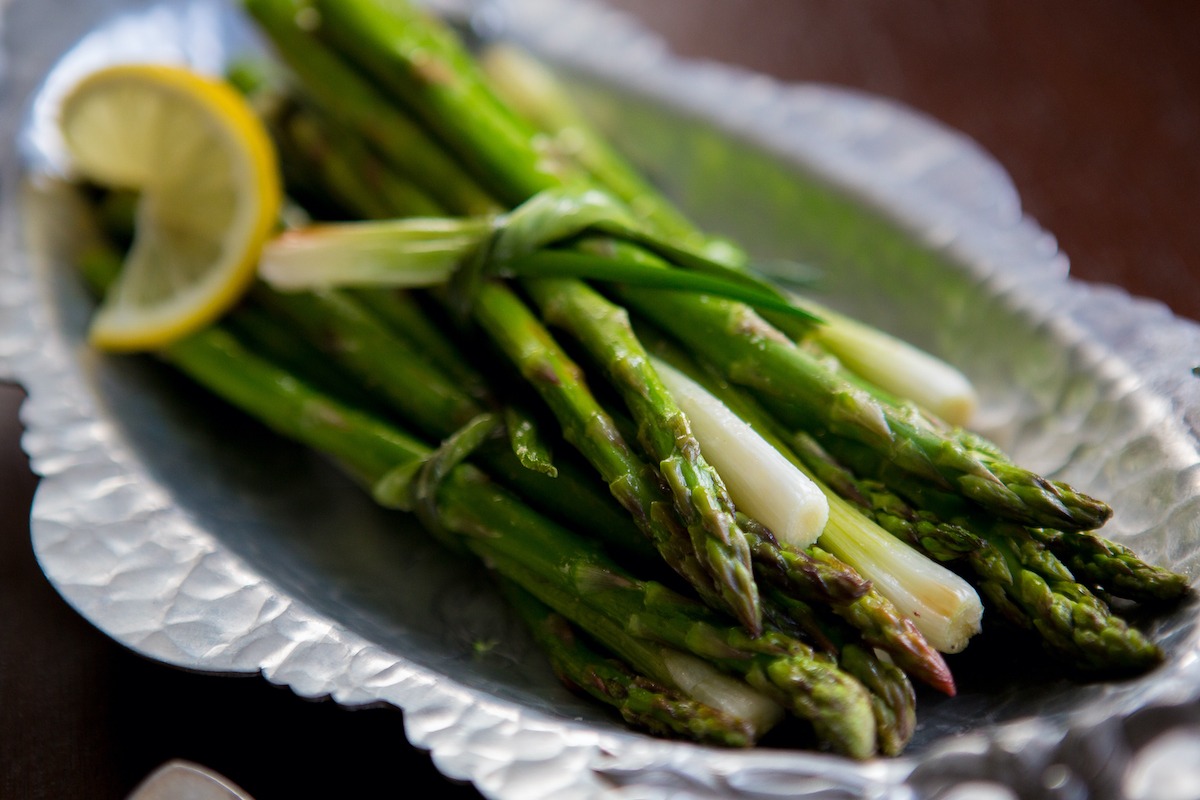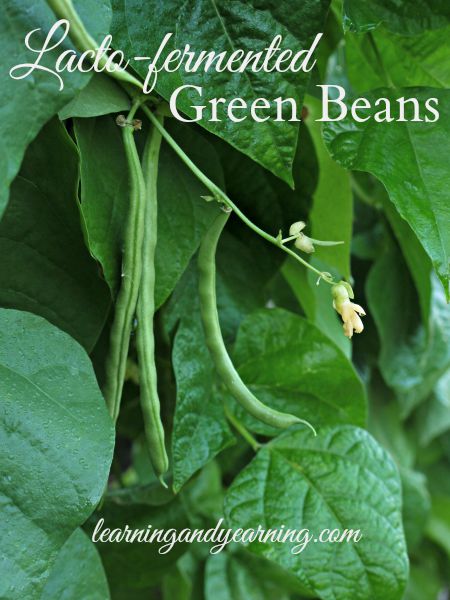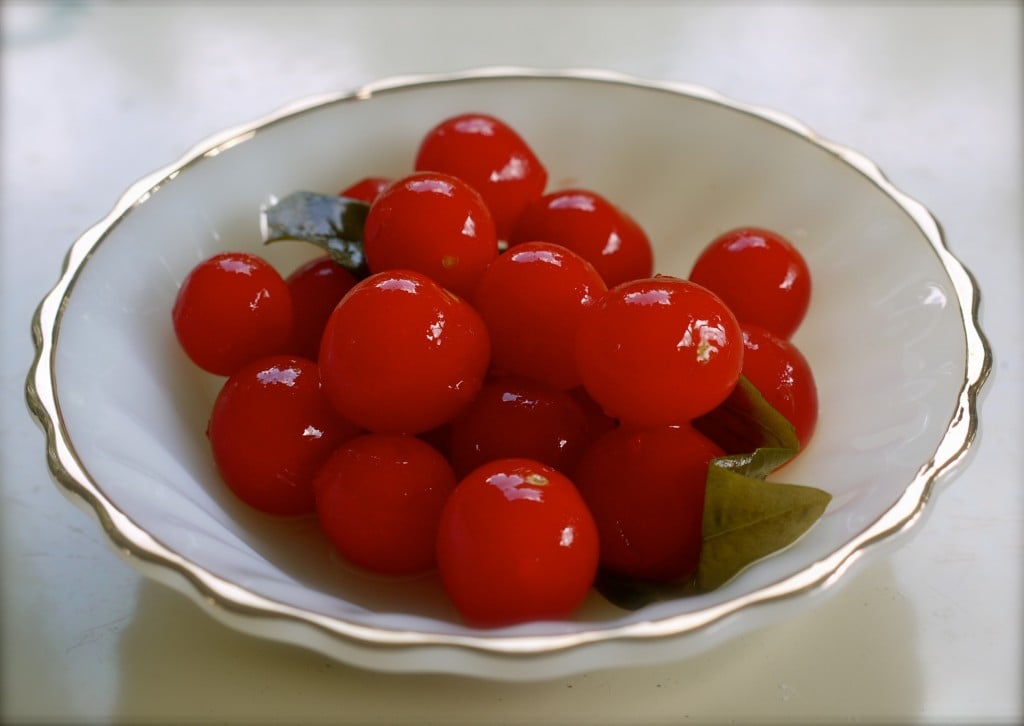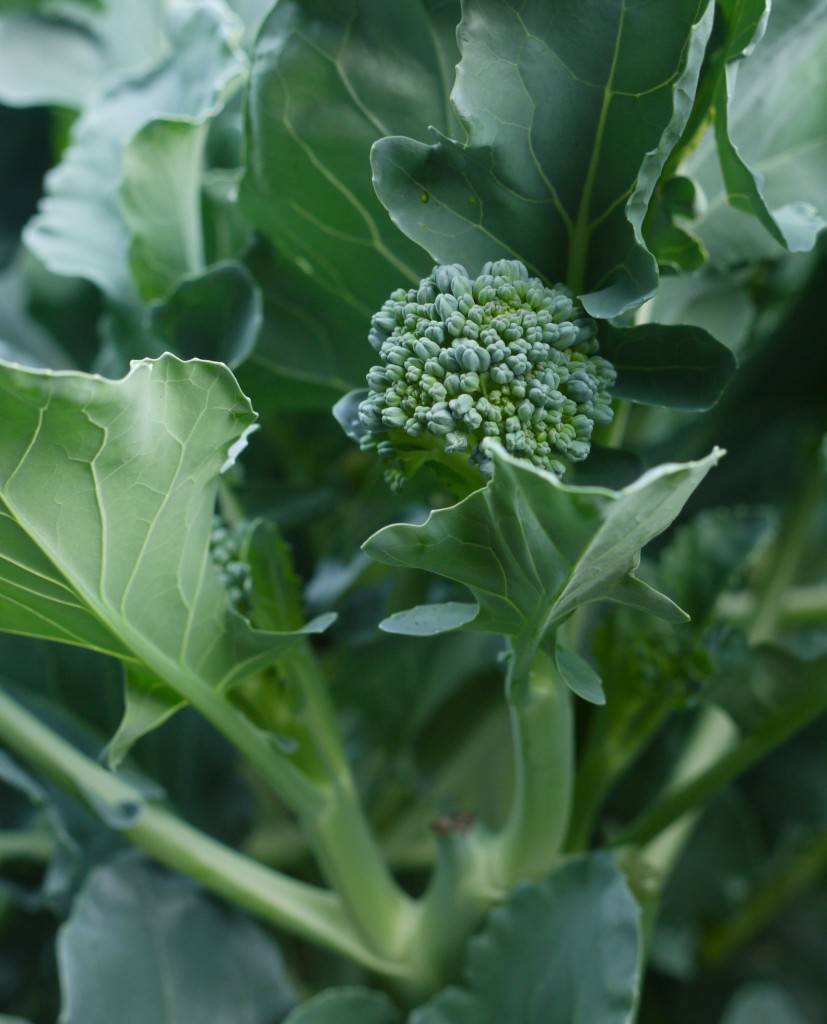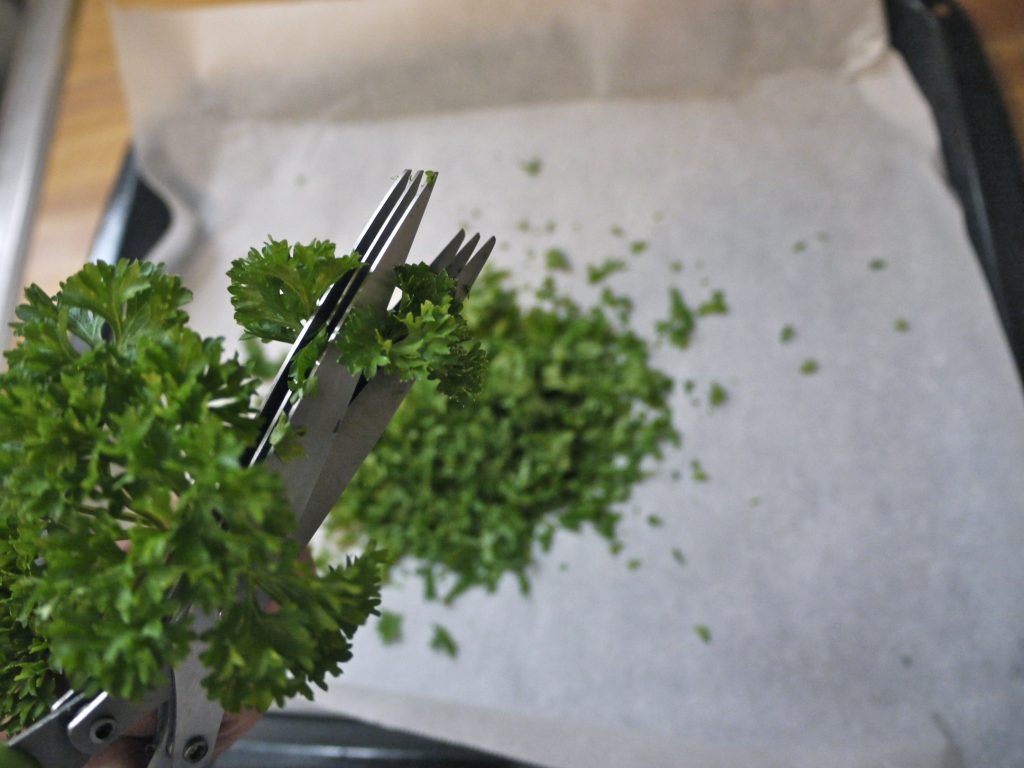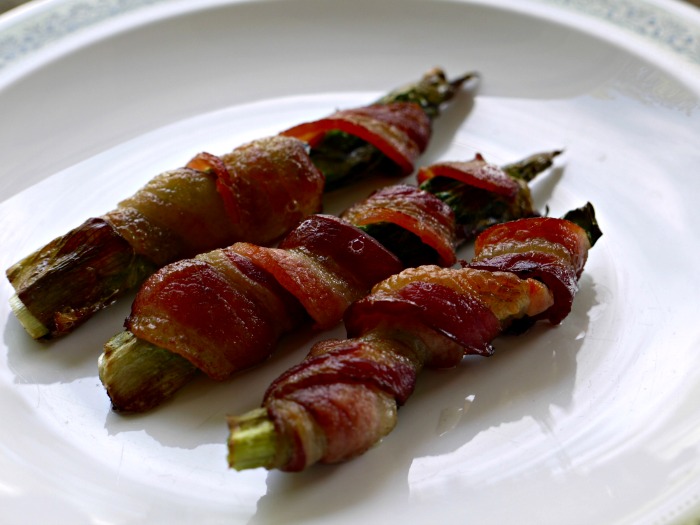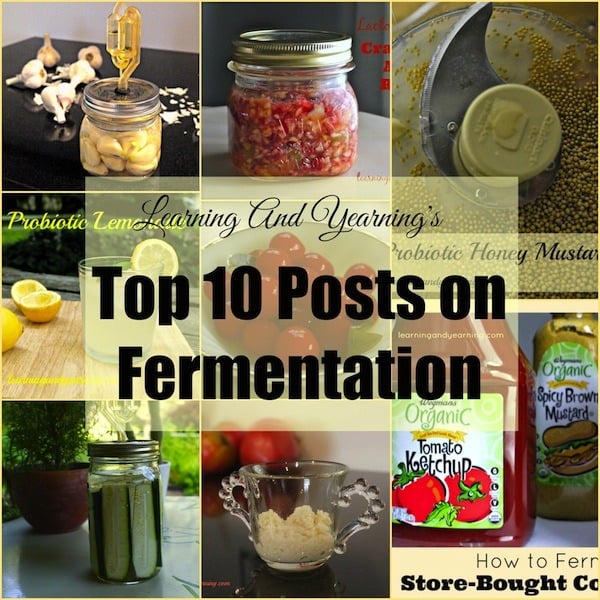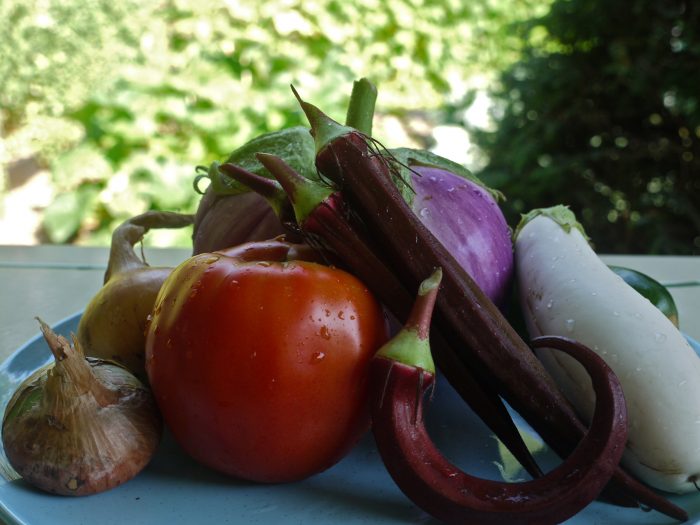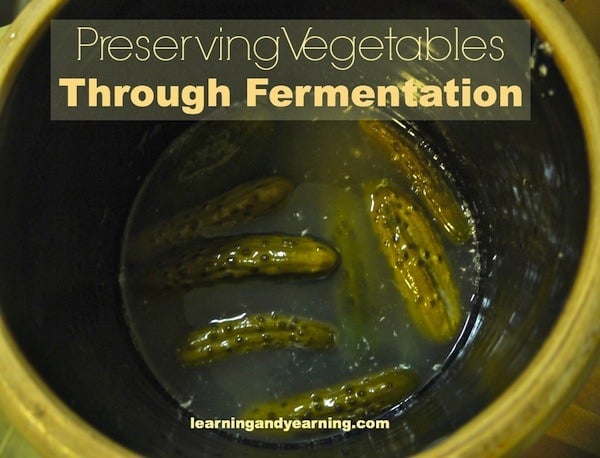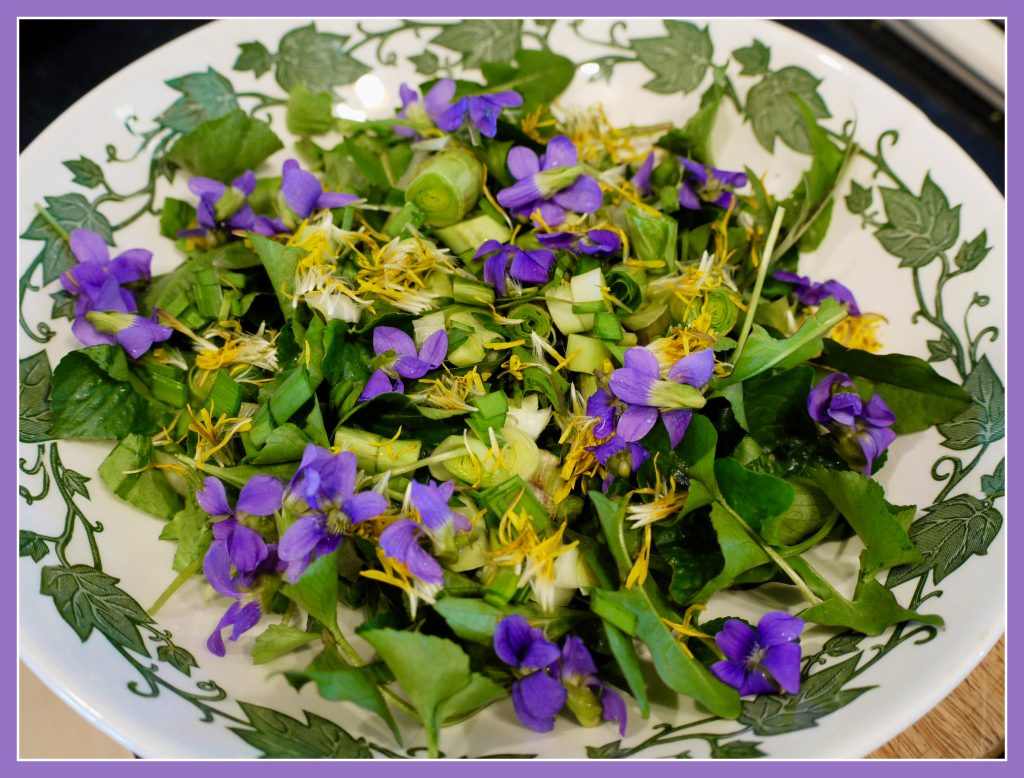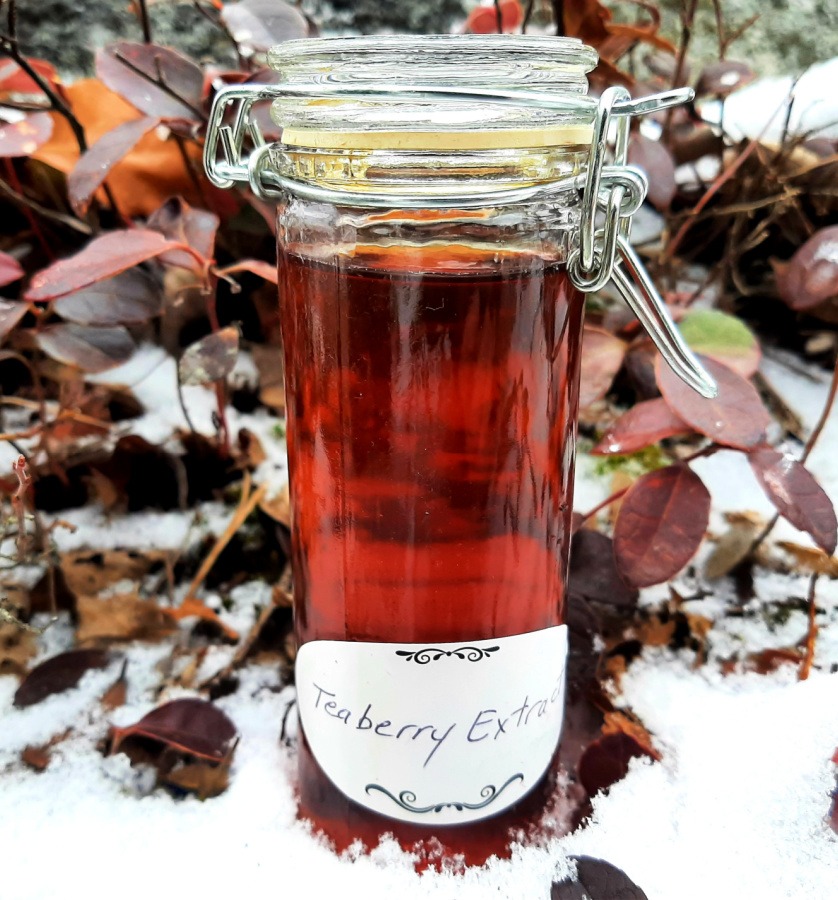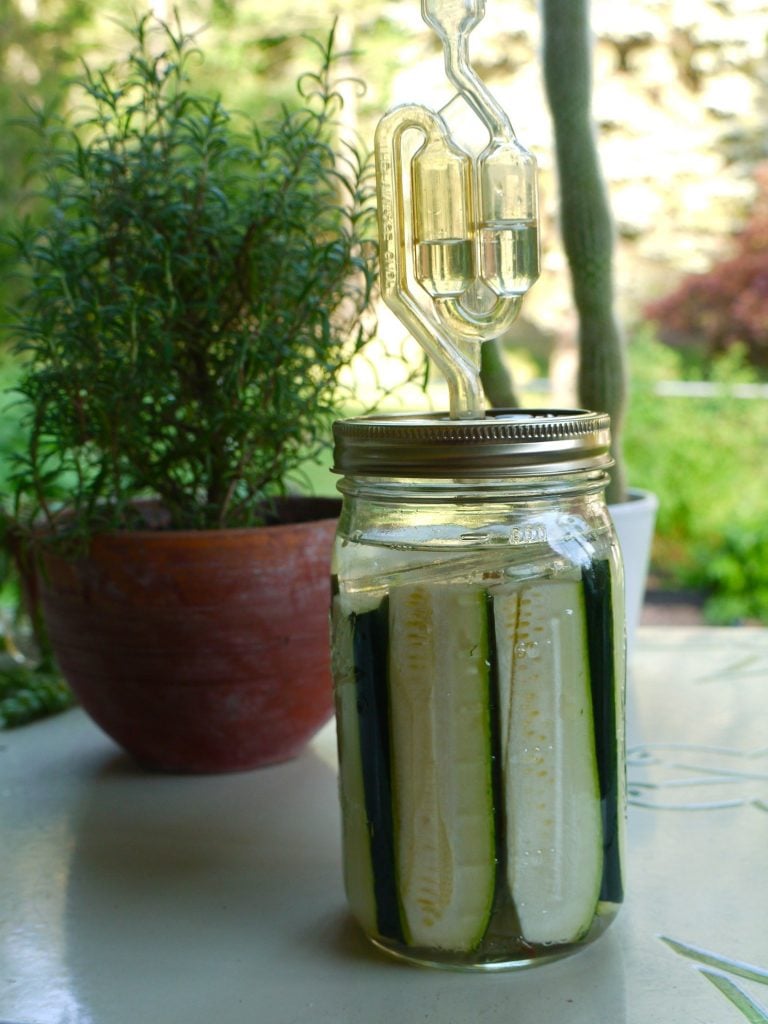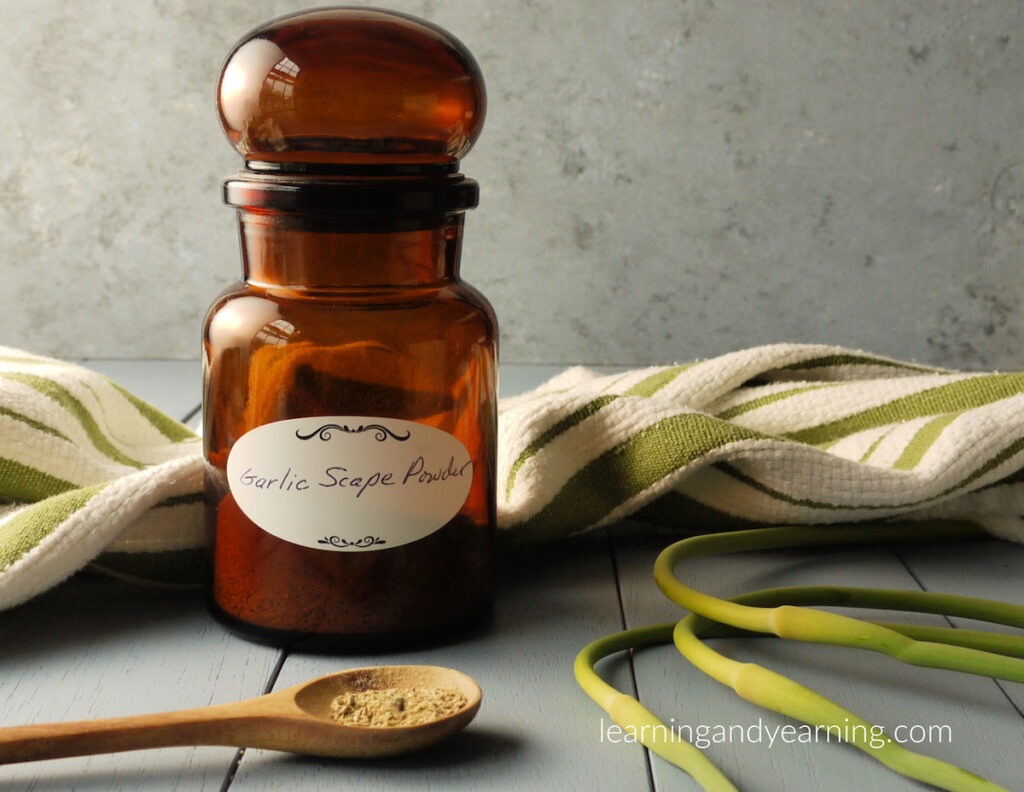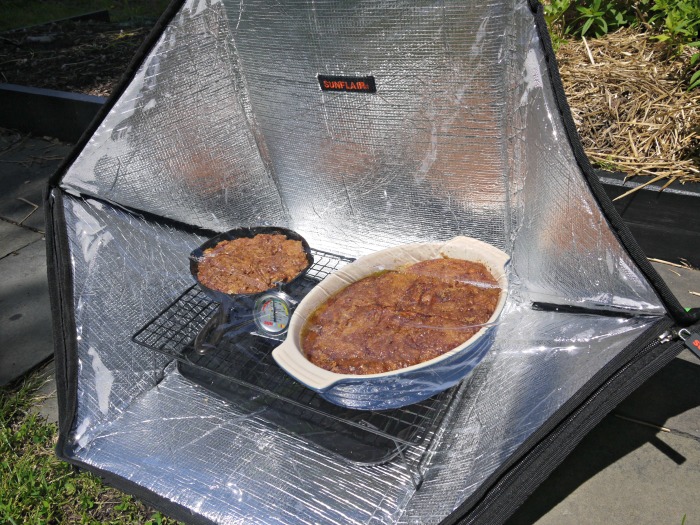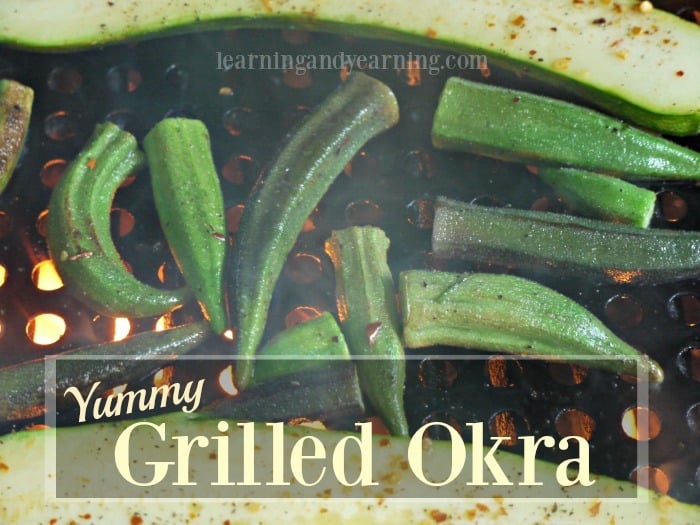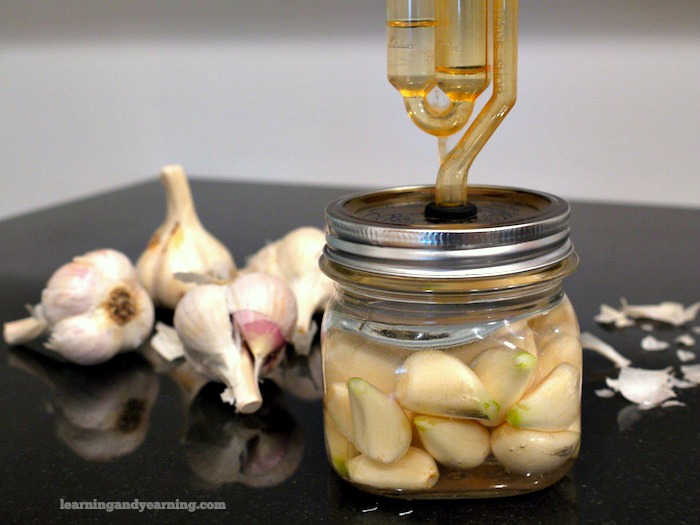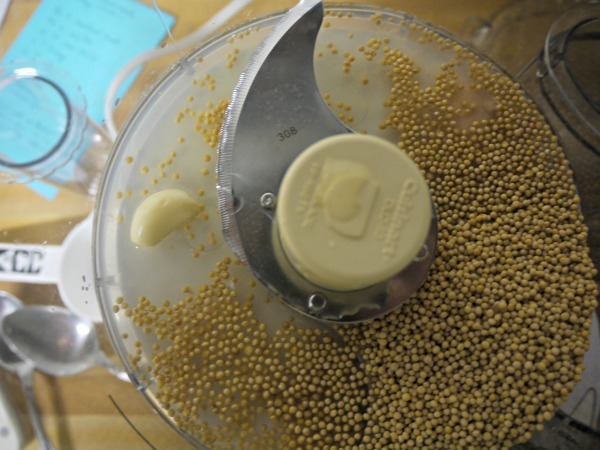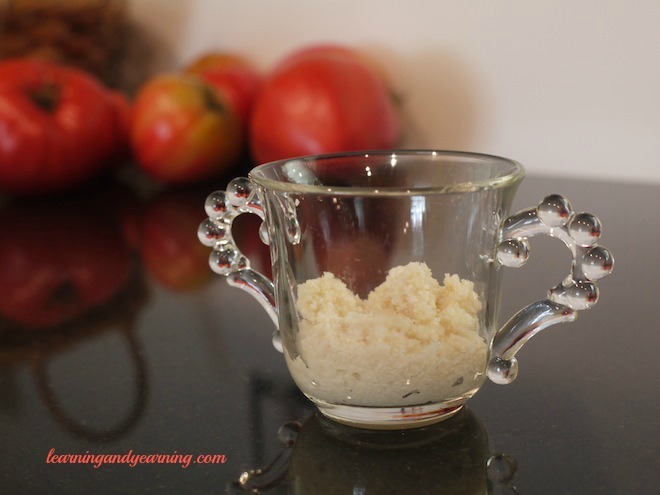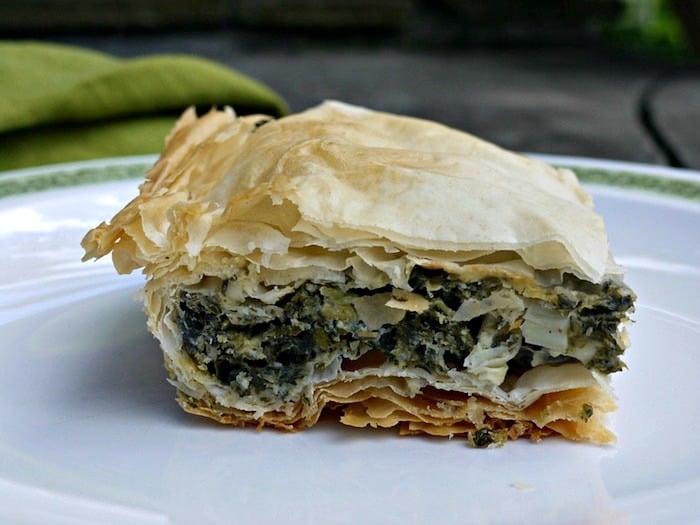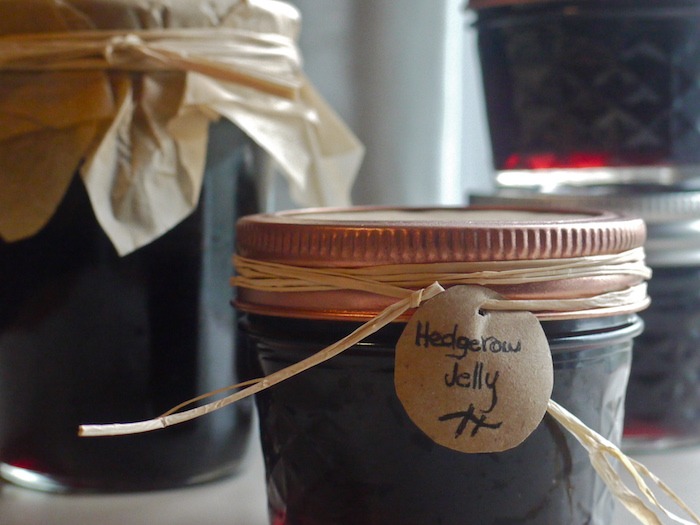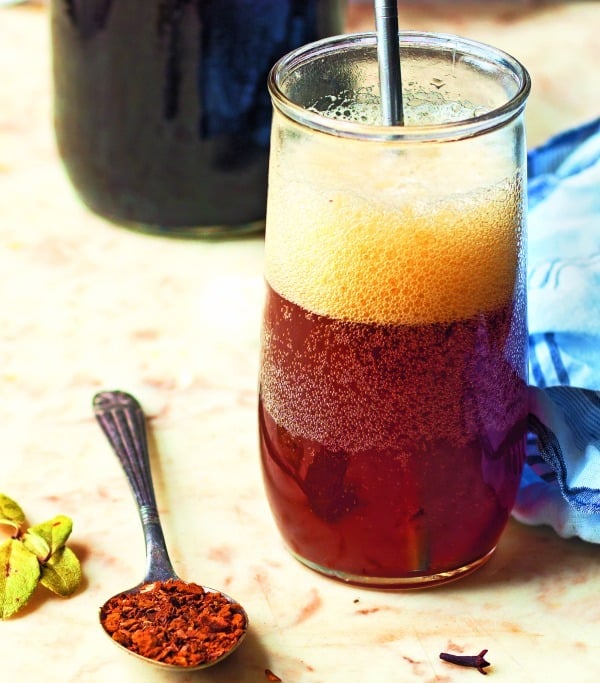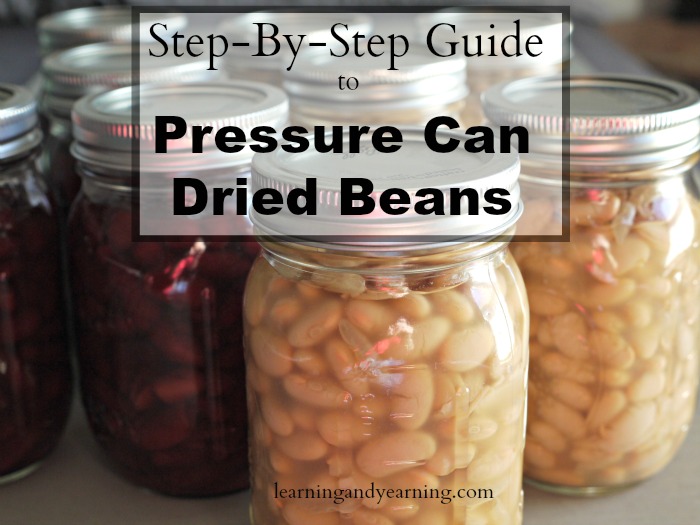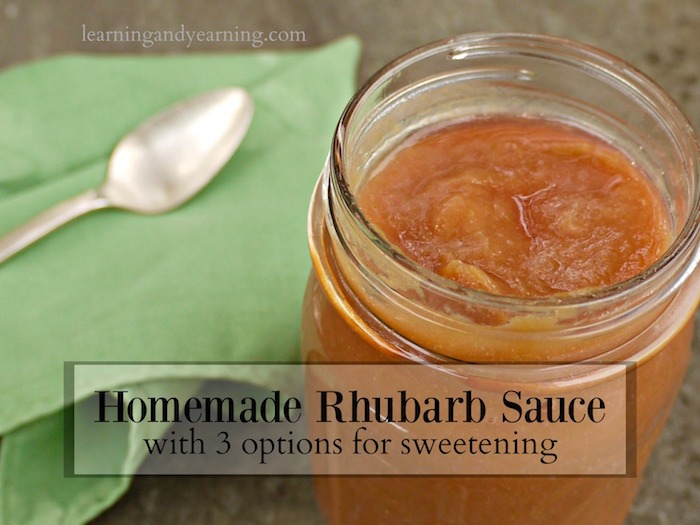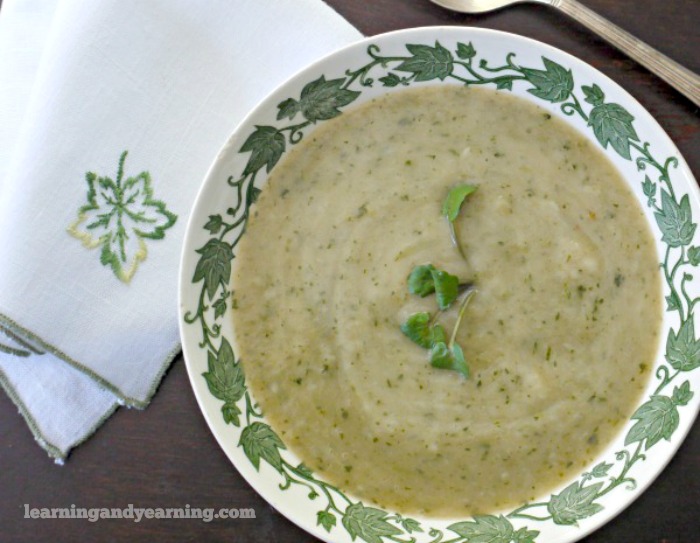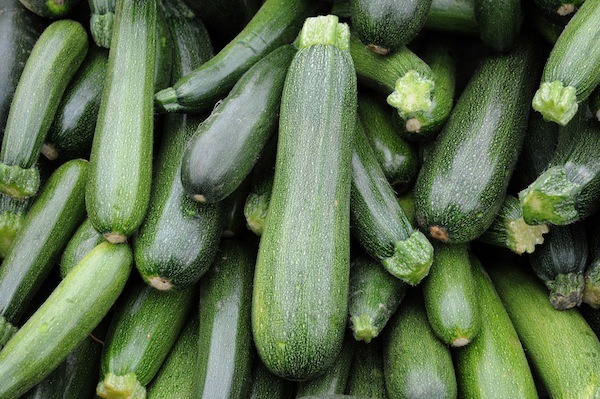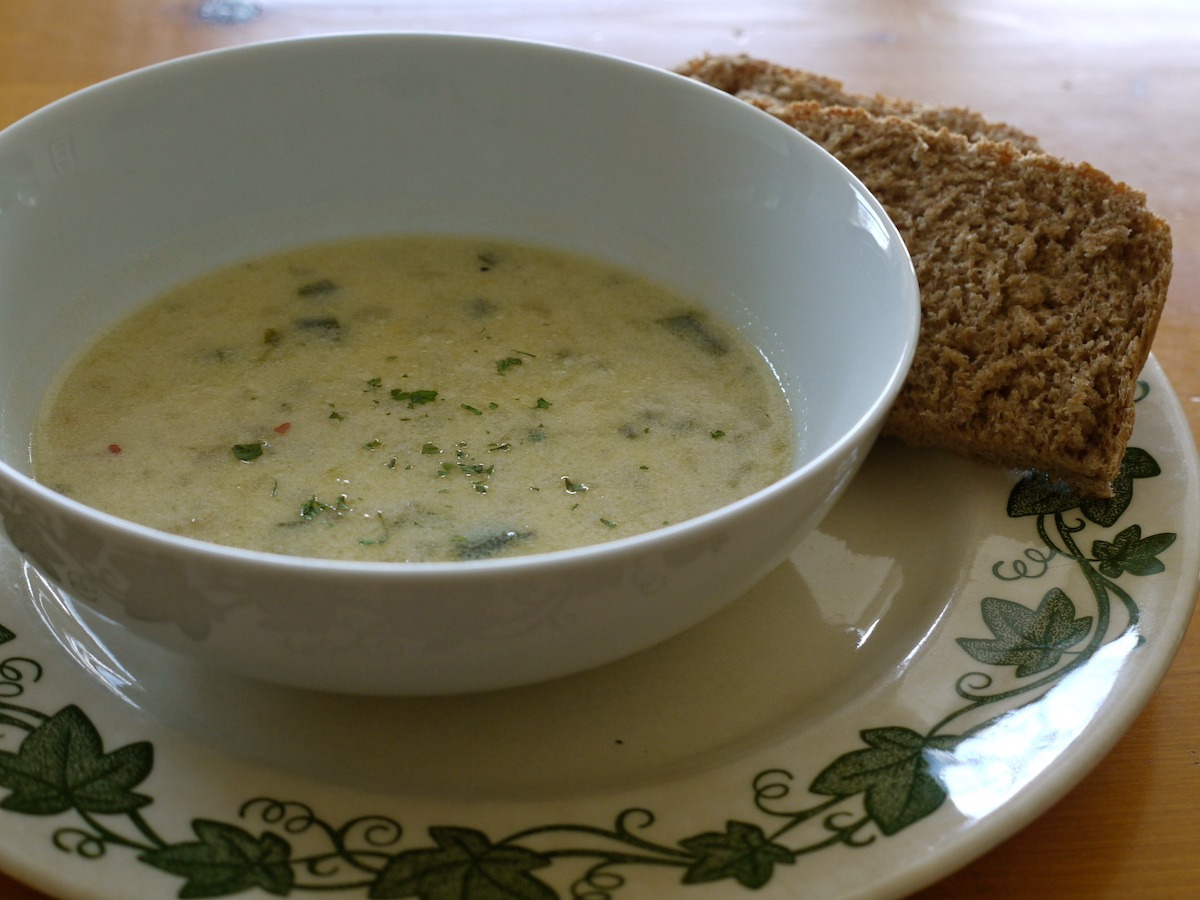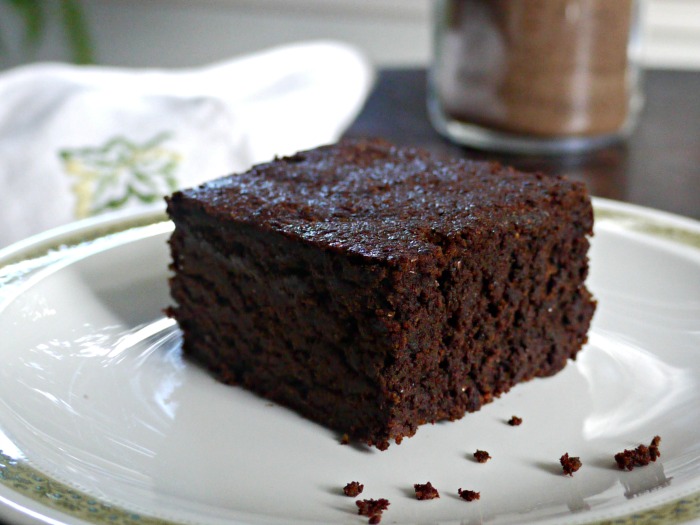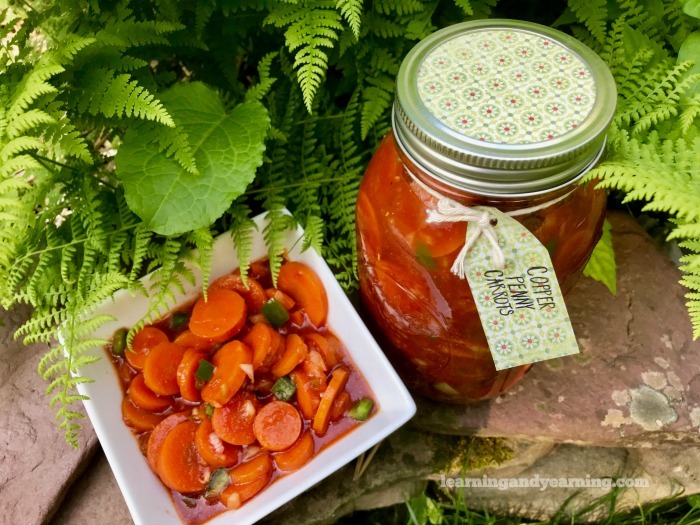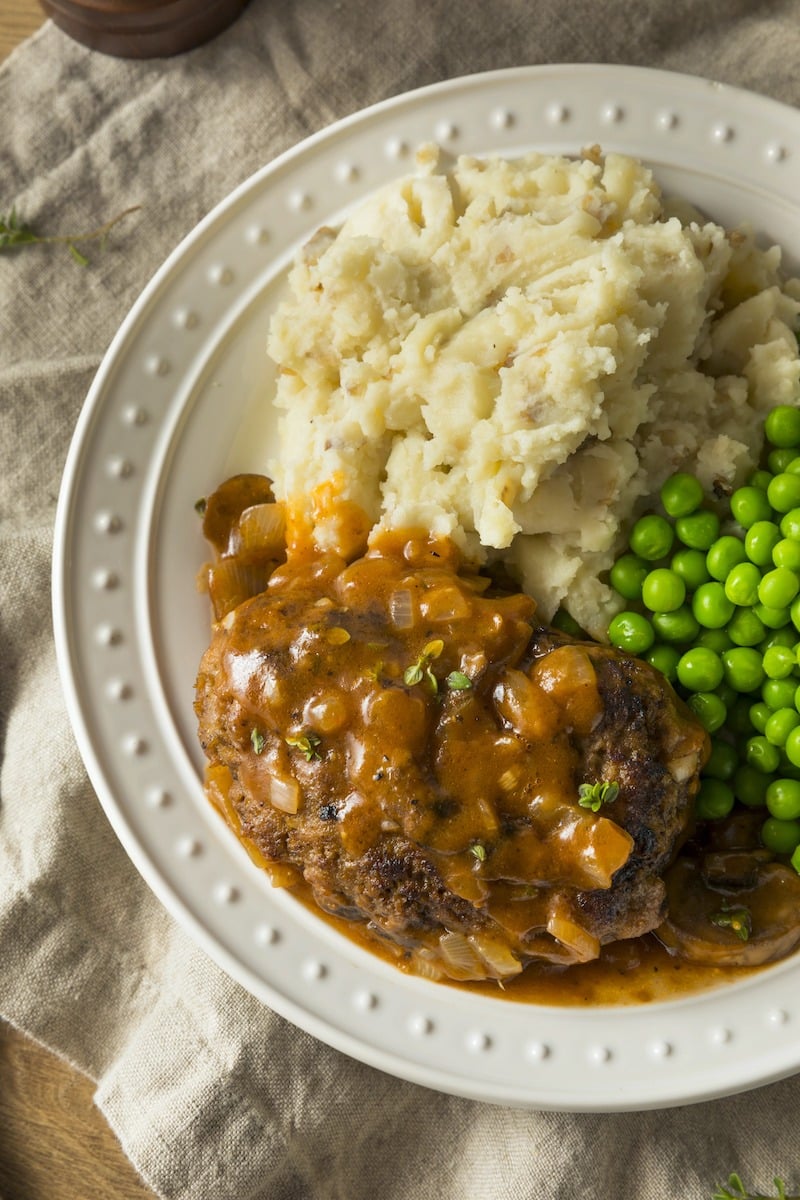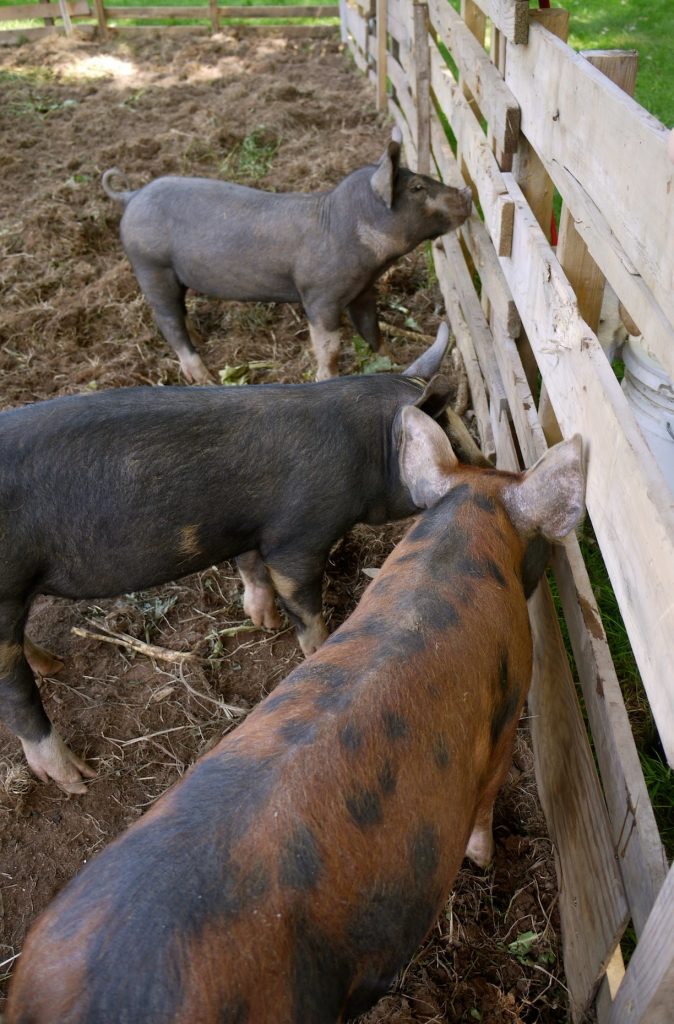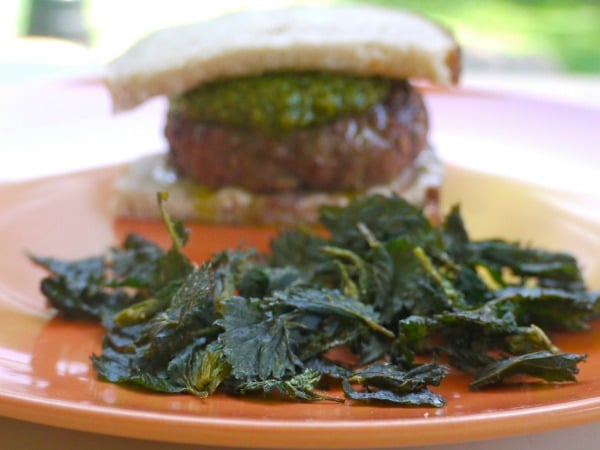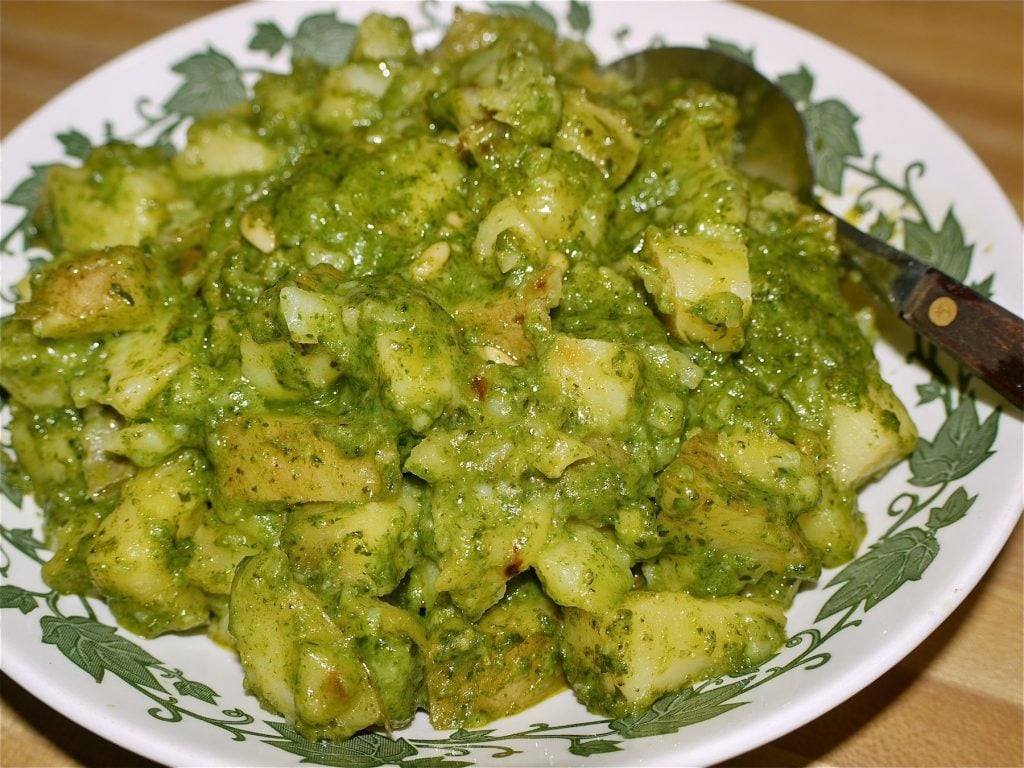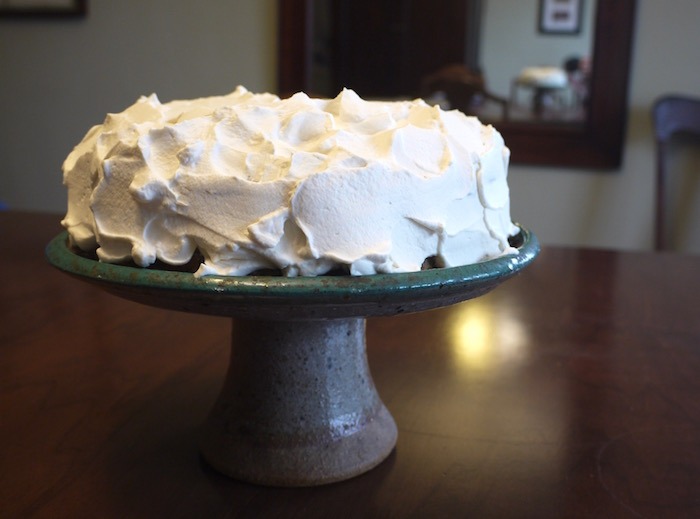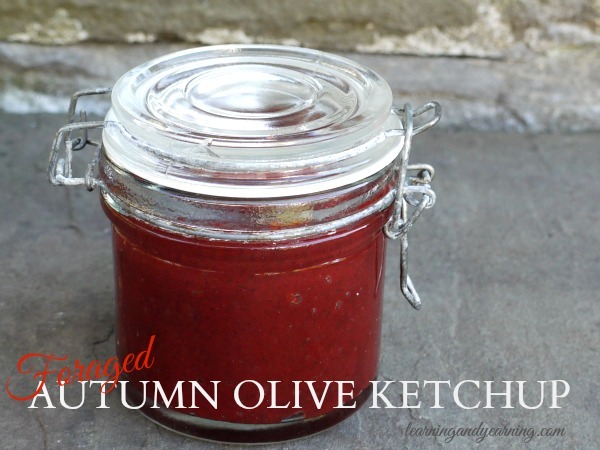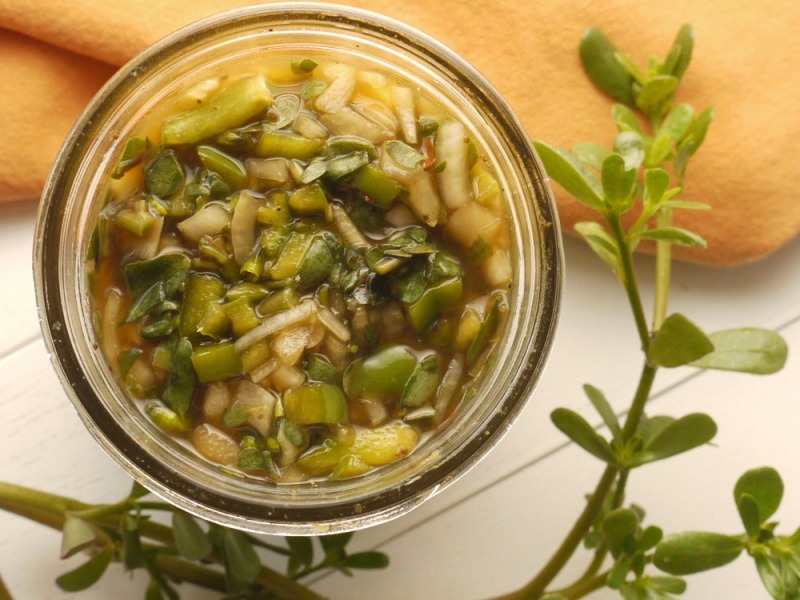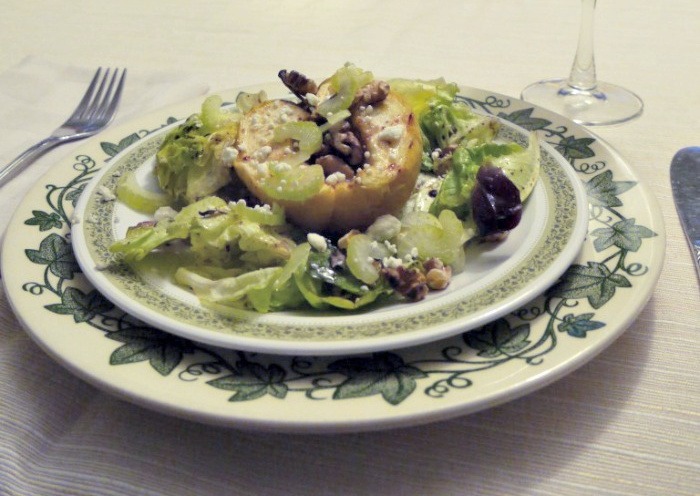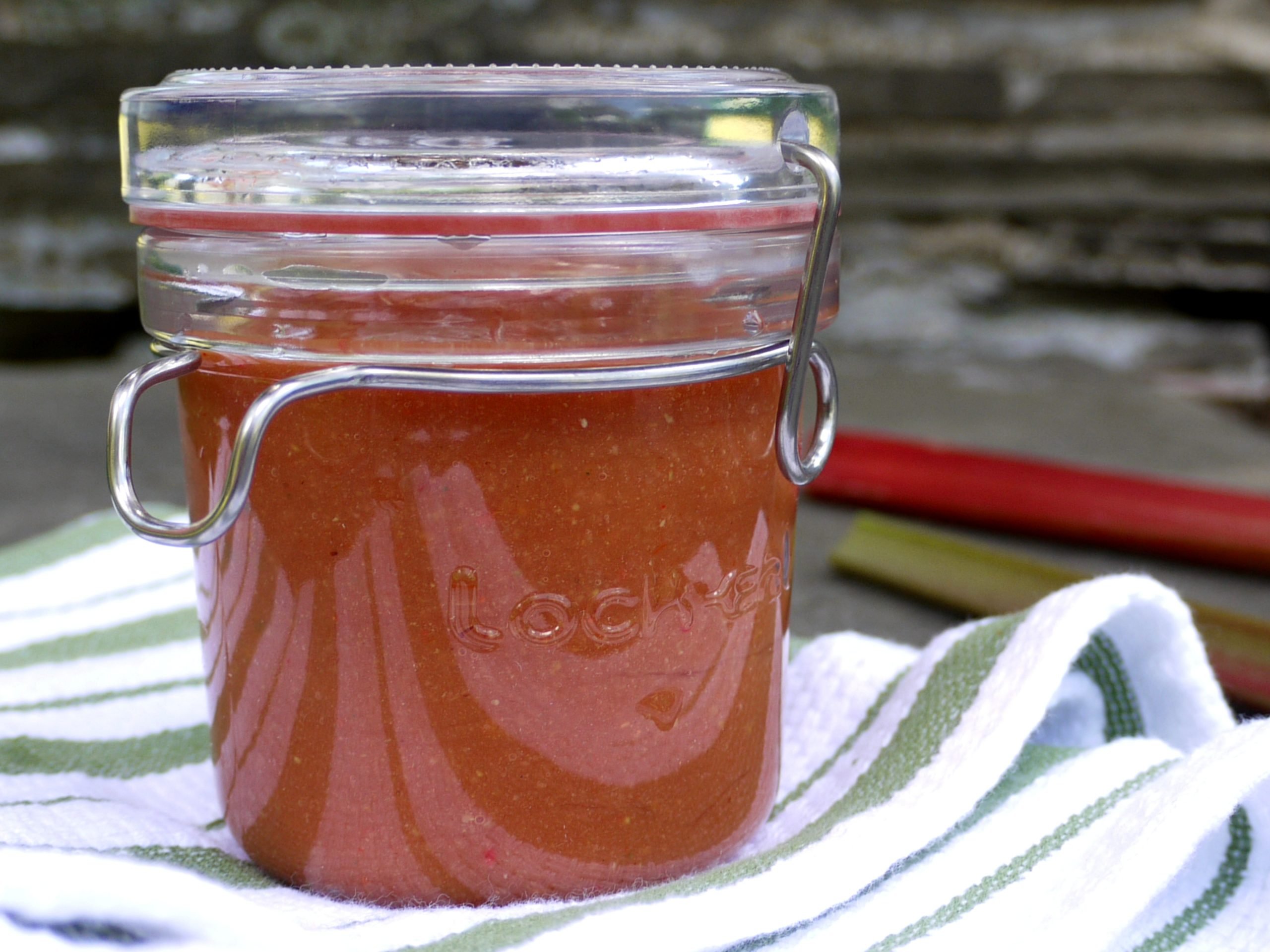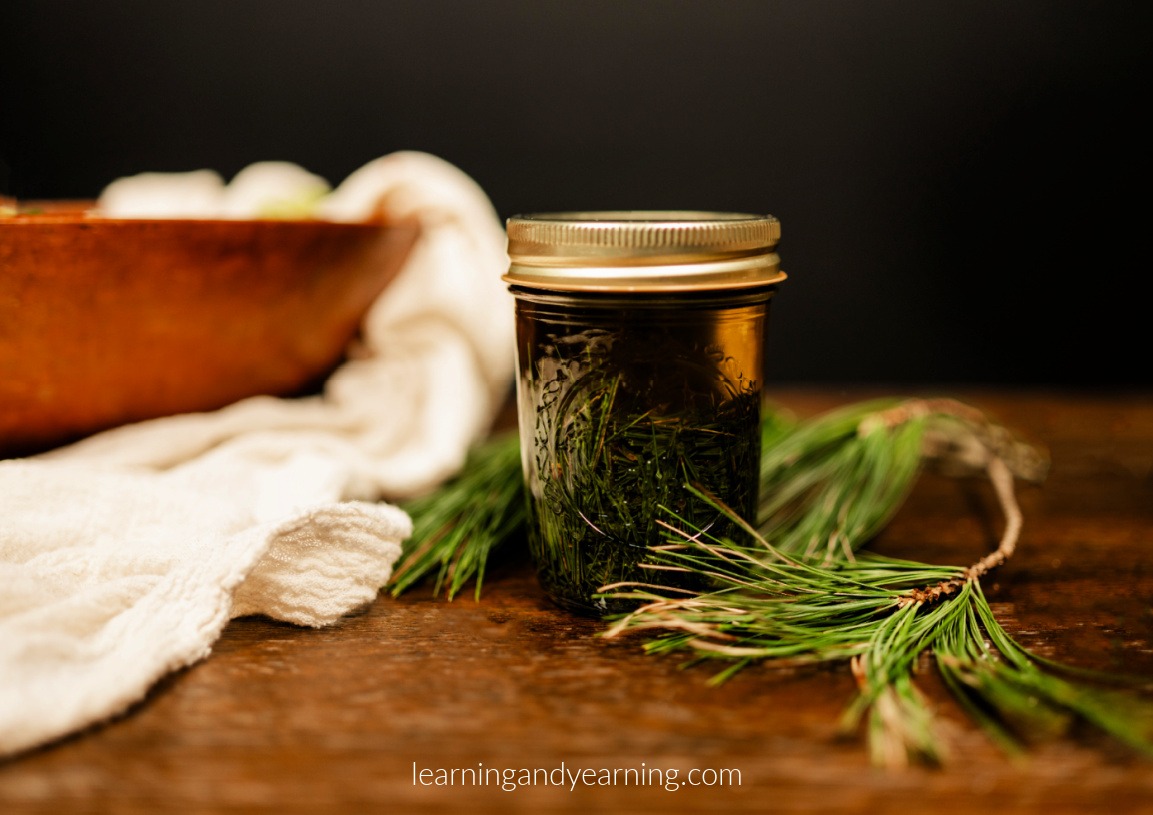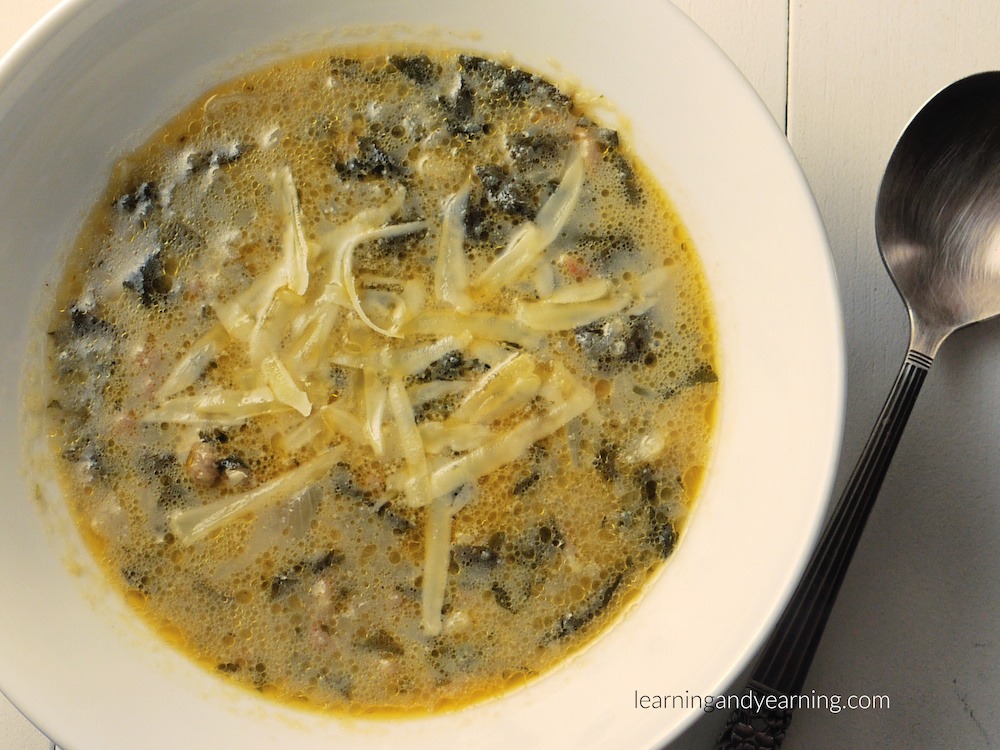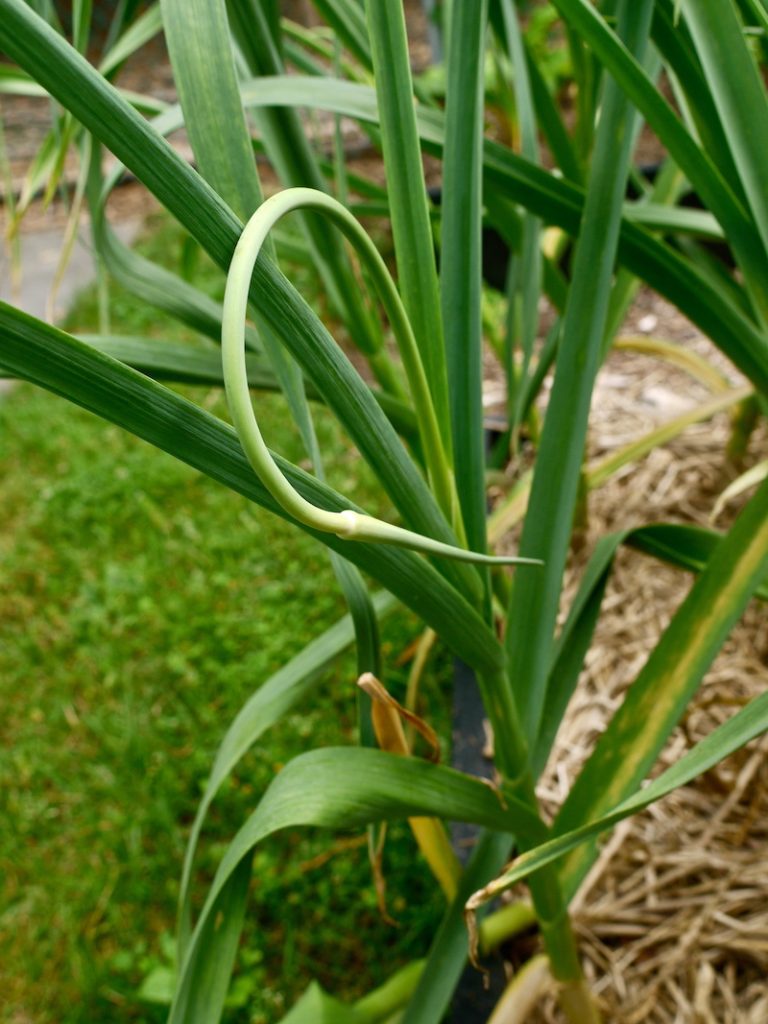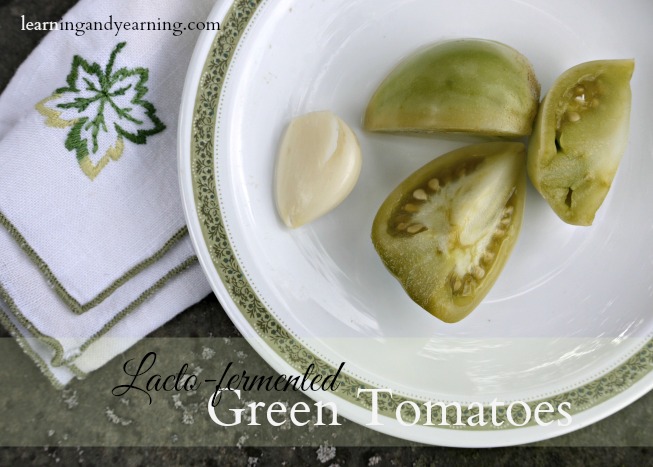
Several beds of our garden are in an area that is generally quite wet in the spring. Not the place to plant early crops like peas or lettuce, but perfect for tomatoes, especially since the area gets lots of sun.
This year, though, it was wet and rainy until early July. The area is built up with wood chips, but still, it was so soggy, I was afraid that our tomatoes would rot.
On top of that, we had to delay planting because of a late frost. So, for quite a while, I wasn’t expecting much from our 24 tomato plants.
And then the rain stopped, and the weather went in the opposite direction – hot and dry. The tomatoes finally took off, and because the chips were still holding water, we never once had to water that area despite the lack of rain.
And we got tomatoes. Lots of them, I’m happy to say. I’ve canned them, dehydrated them, and froze them. Sauced them, and salsa-ed them. I could barely keep up.
Our first frost is imminent, and the green tomatoes have been harvested. Some of them will ripen. Some of them will be fried. And some are fermenting nicely in a crock on my kitchen counter.
I really do love fermented fruits and vegetables, and think they are a great way to add probiotics to our diet, and to preserve the harvest.
I’m blessed to have an extra refrigerator in the basement, and it’s full of fermented green beans and cabbage, snow peas, and grape juice. And fermented green tomatoes.
My winter self always thanks my summer self as we’re enjoying probiotic-rich fresh veggies on a cold, snowy evening.
Any fermenting going on around your place?


Lacto-fermented Green Tomatoes
Ingredients
- Small green tomatoes
- sea salt
- chlorine-free water
- garlic optional
- jalapeno peppers optional
Instructions
- Quarter the green tomatoes and remove any stems. Place these in your fermentation vessel.
- Add whole garlic cloves and jalapeño peppers to taste.
- Mix 3 tablespoons of sea salt to each quart of chlorine-free water, making enough to completely cover the tomatoes.
- Weigh the tomatoes down with a fermentation weight, or a sealed plastic bag containing water. Be sure that the vegetables are completely submerged.
- Cover and ferment for 5 days on your counter. Refrigerate and allow fermentation to continue for several more days. Store in refrigerator.



